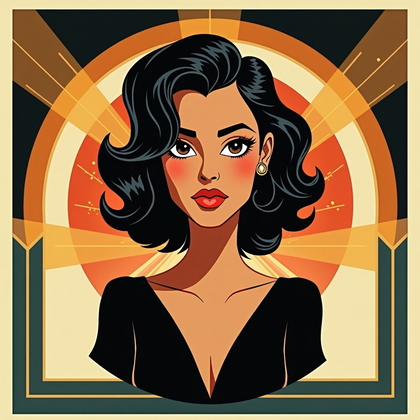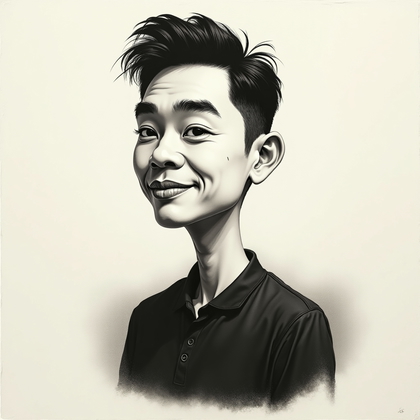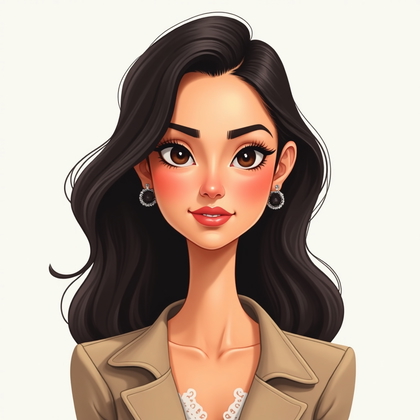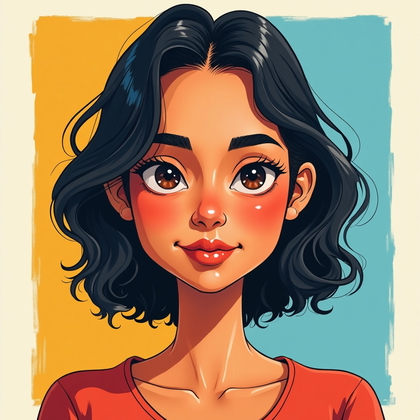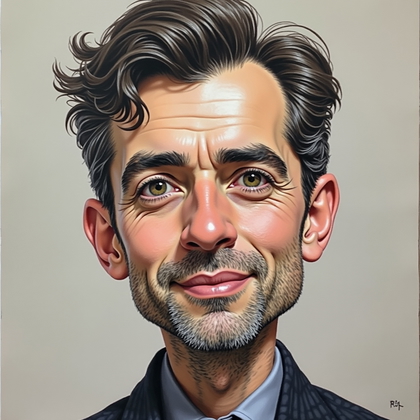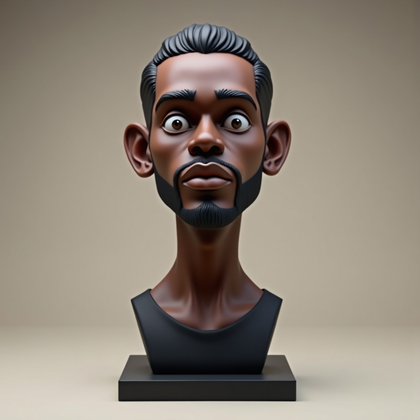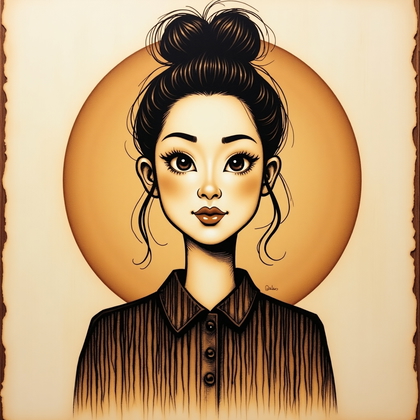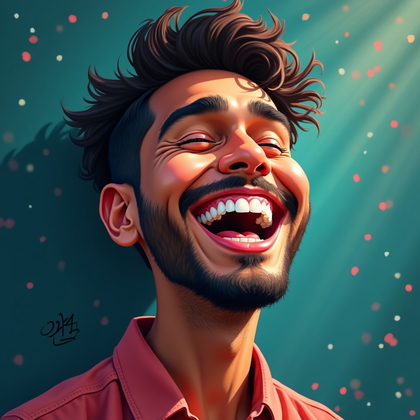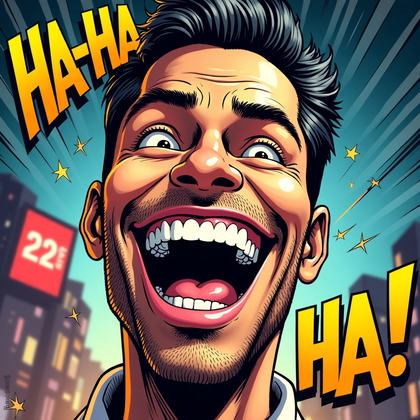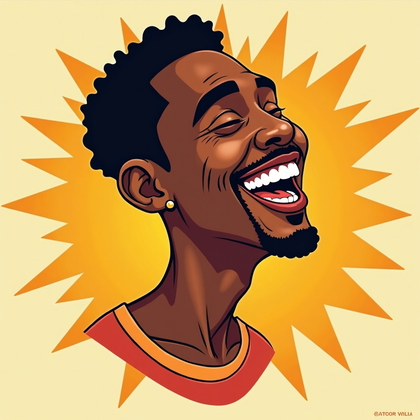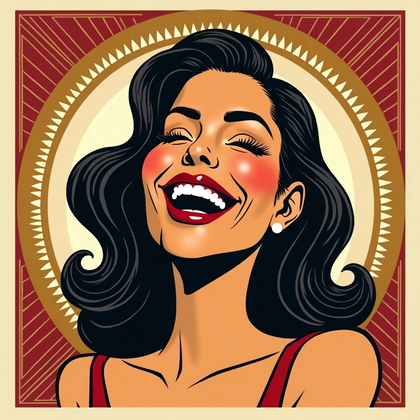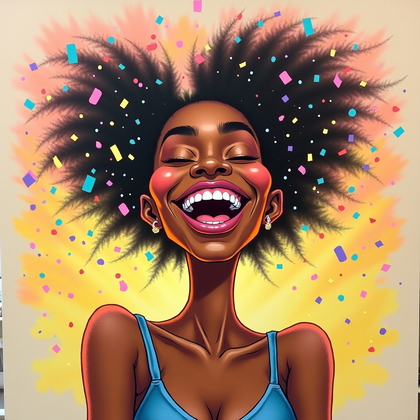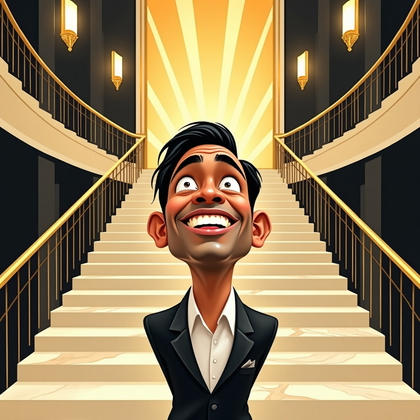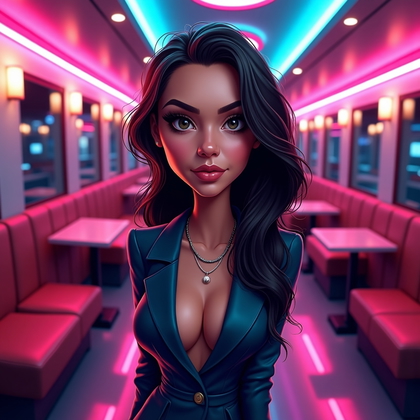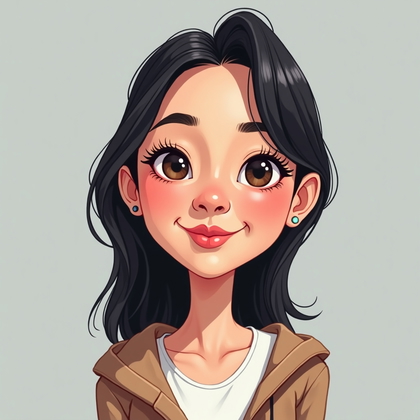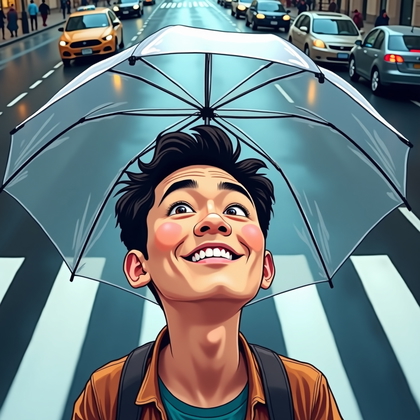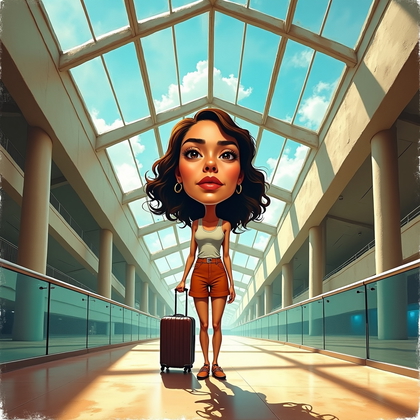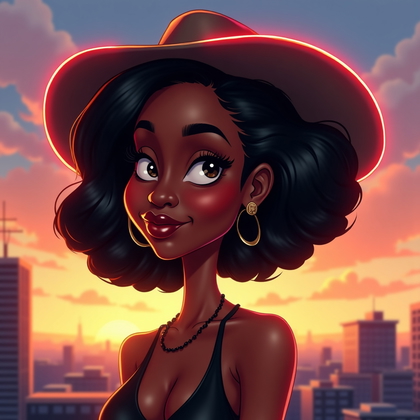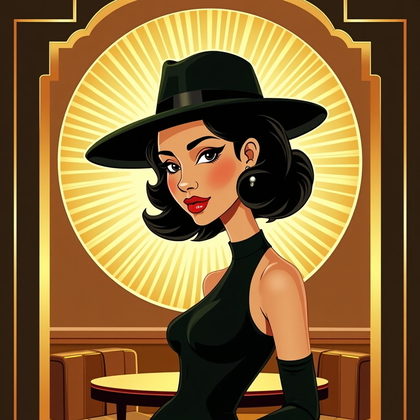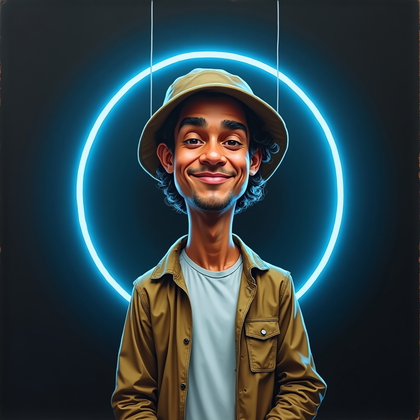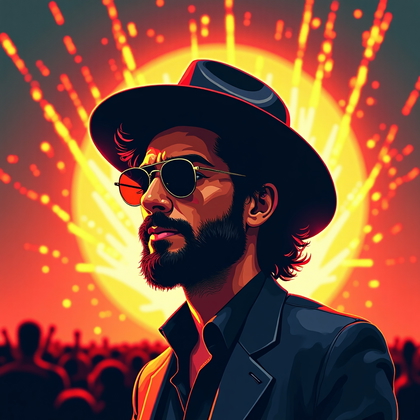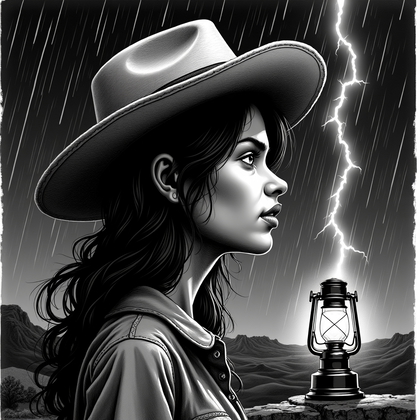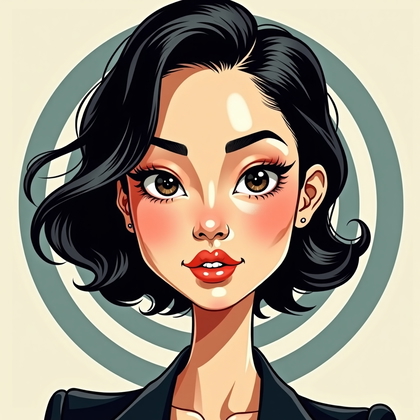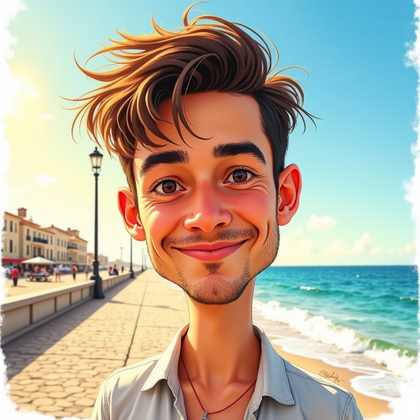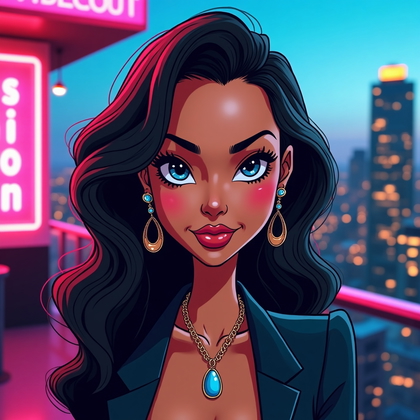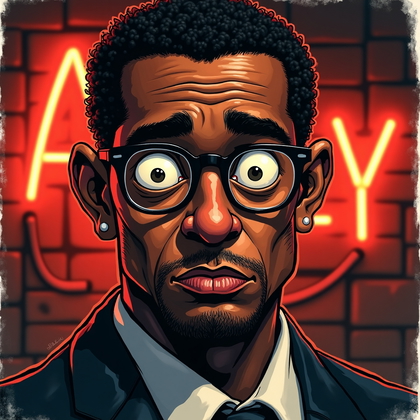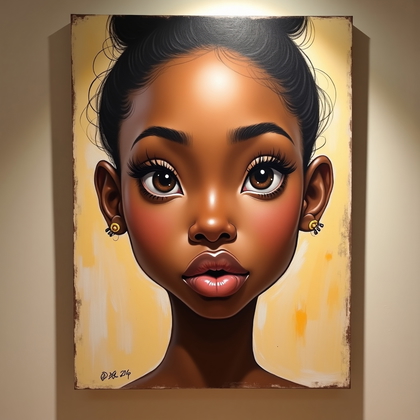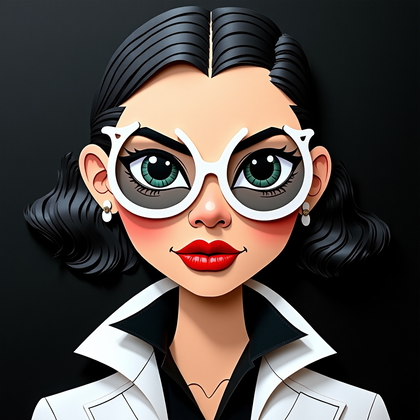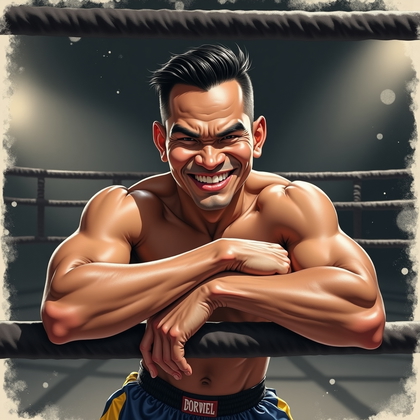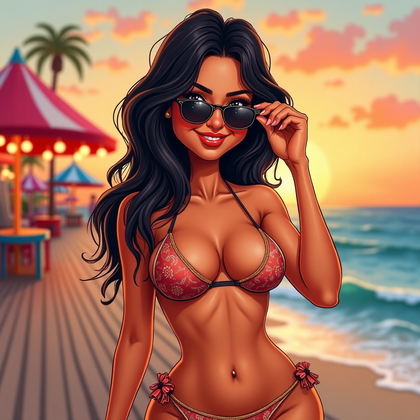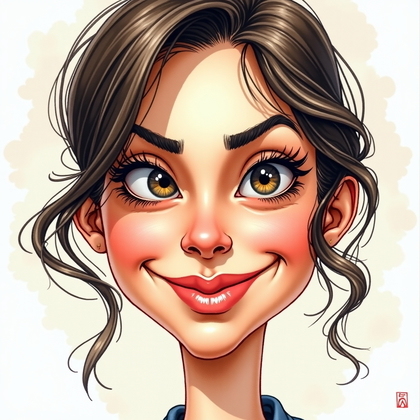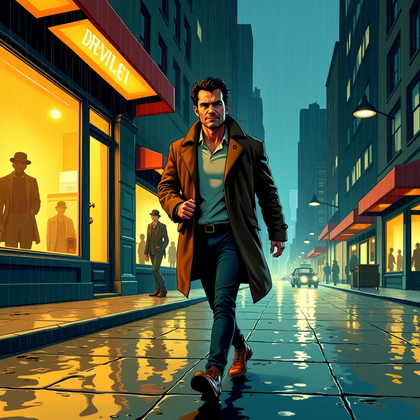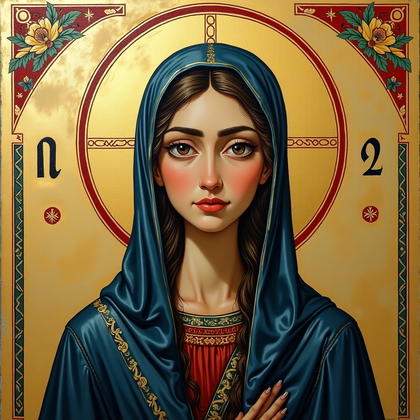Caricature Photo Prompts

Want caricatures that pop off the screen? Want faces that punch with style and extreme clarity? Want prompts that actually work, fast?
AI photo generation turns text into images. Caricature prompts push facial features on purpose. You exaggerate shape, light, and angle. You choose what gets big, what gets small, and what stays sharp. You control the result.
This article gives you proven prompt formulas for caricature portraits. You get six power setups. Each section explains what works, why it works, and how to dial it in. Use the placeholders to visualize the look and lock in your style.
Bold Baseline Front Portrait
Start clean, then go extreme. A bold front portrait is your anchor. Straight-on. Centered. Neutral background. High separation between subject and background. This gives the model a strong read on the face. It makes exaggeration stable. It keeps identity consistent across variations. It also prints well.
Use even light that does not hide features. Keep shadows soft. Push line clarity and edge definition. Do not clutter the frame. A tight crop sells the face and keeps the AI focused. This baseline is ruthless for control and repeatability.
Prompt formula: front-facing caricature portrait, centered head and shoulders, clean background, crisp edge lighting, high-detail skin texture, exaggeration level 60–80%, jaw 120%, cheekbones 115%, nose 90–110%, eyes 110–120%, bold outline, studio look, 4k, high contrast, sharp focus
Lens and light: 50–85mm look, clamshell or flat softbox, low haze, minimal rim spill
Settings that work: guidance 6–8, low chaos, seed locked for series, negative: busy background, blur, extra limbs
Explosive Laugh/Toothy Grin
Open mouth. Big teeth. Deep laugh lines. This is maximum energy. Caricature loves volume in the mouth and cheeks. A wide grin lets the model amplify the jaw drop, lip stretch, and nasolabial folds. You get instant personality and motion. It is aggressive and eye-catching. It works for thumbnails and posters.
Use a brighter key from the side to carve the cheeks. Add a small fill to protect tooth detail. Keep the background simple so the mouth dominates. Tilt the head slightly for asymmetry. That makes the laugh feel bigger.
Prompt formula: caricature portrait, explosive toothy laugh, open mouth, stretched lips, bulging smile lines, cheeks 130–150%, mouth width 140–160%, chin drop 120%, dynamic wrinkles, glossy teeth, high key contrast, sharp catchlights, color pop
Lens and pose: 35–50mm look, slight head tilt, shoulders angled 10–20°
Settings that work: guidance 7–9, mid stylize, negative: black void mouth, gummy oversharpen, uneven extra teeth
Overhead Look-Up With Brows High
Camera above. Subject looks up. Brows high. This forces scale. Eyes look huge. Chin looks small. Forehead stretches. Caricature thrives on this geometry. It makes a playful, dramatic shape with zero guesswork. It is a shortcut to big-eye emphasis without losing structure.
Use a wide lens look for stronger distortion. Keep the background plain, slightly darker than skin. Add a soft fill from the front to save eye detail under the brow ridge. Push catchlights for clarity. Keep hair tidy so the head shape reads fast.
Prompt formula: caricature portrait, overhead camera angle, subject looking up, raised eyebrows, eyes 140–180%, chin 70–85%, neck elongated, foreshortened nose, clean backdrop, soft fill from front, bright catchlights, bold outline
Lens and pose: 24–35mm look, camera 30–60 cm above eye line, shoulders relaxed
Settings that work: guidance 6–8, low noise, negative: heavy shadows in eye sockets, warped ears, double brows
Silhouette With Glowing Edge on Hair/Hat
Shape first. Details second. A rim-lit silhouette turns the head into a strong icon. Caricature becomes graphic. The glowing edge traces hair, hat, nose, and chin. This is brutal and effective for prints, covers, and stickers. It hides skin flaws and keeps attention on outline.
Underexpose the face. Overpower the background. Add colored rim light for heat. The glow should be clean and continuous. Avoid busy textures behind the subject. Sharp shape is the whole game here.
Prompt formula: caricature silhouette portrait, strong backlight, neon rim light on hair/hat, high contrast edge glow, face mostly in shadow, crisp profile and jawline, minimal interior detail, gradient or foggy background, cinematic
Color and light: cyan/magenta rim, slight bloom, subtle haze for glow roll-off
Settings that work: guidance 5–7, low chaos, negative: interior face lighting, clutter, muddy edges
Intense Wide-Eye Stare Straight to Camera
Direct. Confrontational. The wide-eye stare is high impact. Whites of the eyes show. The iris is sharp. Caricature pushes the eye size and micro-texture. This look slams attention instantly. It is excellent for bold avatars and shock-based graphics.
Use frontal light or a ring light look to get clear catchlights. Keep the lens close to increase presence. Reduce background contrast so the eyes dominate. Tighten skin texture but keep pores visible. Smooth skin kills intensity.
Prompt formula: caricature portrait, intense wide-eye stare, eyes 160–200%, tiny pupils 70–85%, strong catchlights, sharpened iris texture, high micro-contrast skin, desaturated background, zero smile
Lens and light: 35–50mm look, frontal key or ring light, slight vignette
Settings that work: guidance 7–9, mid stylize, negative: cross-eyed, extra eyelids, milky pupils
Hard Squint + Crooked Smirk
Attitude sells character. A hard squint with a crooked smirk creates asymmetric tension. Caricature amplifies the squint lines, the dimples, and the corner pull of the mouth. You get grit and edge. This look works for edgy posters and profile images that need bite.
Use split or short lighting to carve texture. Lower the key for drama. Add a tighter crop to frame the expression. Push asymmetry in the prompt. That is where the personality lives.
Prompt formula: caricature portrait, hard squint, one eye tighter, crooked smirk to left or right, asymmetry +30%, crow’s feet emphasized, dimple depth 120–140%, subtle nose wrinkle, textured skin, moody low-key light, crisp edges
Lens and light: 50–85mm look, split or Rembrandt lighting, dark background
Settings that work: guidance 6–8, low chaos, negative: gummy lips, over-smooth skin, flat lighting
Conclusion: Fast Wins With Caricature Prompts
Caricature works when geometry, light, and exaggeration align. The front baseline locks identity. The big laugh adds volume and motion. The overhead look-up inflates eyes with clean perspective. The rim-lit silhouette turns the head into a bold icon. The wide-eye stare hits hard on first glance. The squint and smirk deliver attitude and texture.
Use simple backgrounds. Use clear light. Push specific features with numbers. Control lens look and angle. Keep guidance moderate. Lock seeds for consistency. This is not about being safe. It is about results. Apply these formulas, then iterate fast. Push until the face reads in a split second. That is the win.
